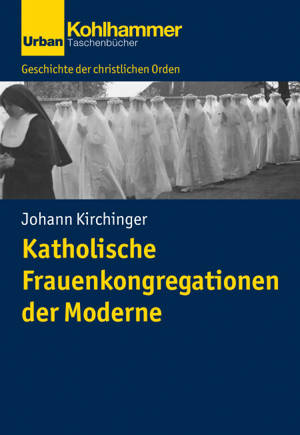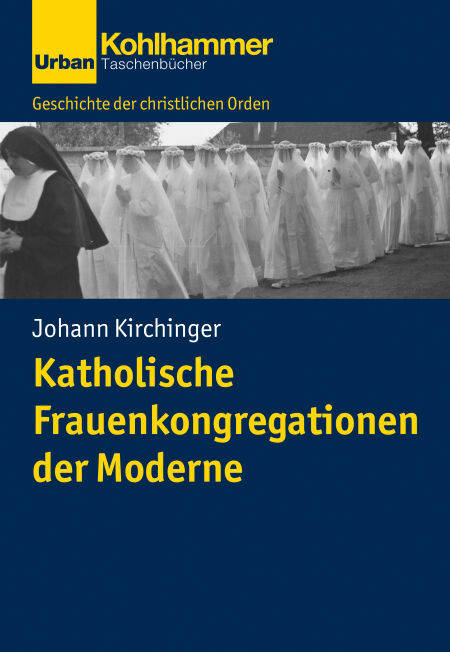
Door een staking bij bpost kan je online bestelling op dit moment iets langer onderweg zijn dan voorzien. Dringend iets nodig? Onze winkels ontvangen jou met open armen!
- Afhalen na 1 uur in een winkel met voorraad
- Gratis thuislevering in België vanaf € 30
- Ruim aanbod met 7 miljoen producten
Door een staking bij bpost kan je online bestelling op dit moment iets langer onderweg zijn dan voorzien. Dringend iets nodig? Onze winkels ontvangen jou met open armen!
- Afhalen na 1 uur in een winkel met voorraad
- Gratis thuislevering in België vanaf € 30
- Ruim aanbod met 7 miljoen producten
Zoeken
€ 27,99
+ 27 punten
Uitvoering
Omschrijving
Female religious communities are among the formative phenomena for Catholicism in modern times. They represent a form of common life which, in contrast to the contemplative orders, allows members to engage in charitable and educational activities. Female religious communities had an emancipatory effect by accelerating the professionalization of their work. At the same time, however, this led to the feminization of these activities, one consequence of which was low pay. Johann Kirchinger convincingly attributes these developments to a quantitative expansion that can only be understood against the background of the strong cultural, economic, and religious divide between the cities (the site of action for the religious communities) and rural areas (as their recruiting base) that prevailed especially between 1850 and 1950.
Specificaties
Betrokkenen
- Auteur(s):
- Uitgeverij:
Inhoud
- Aantal bladzijden:
- 214
- Taal:
- Duits
Eigenschappen
- Productcode (EAN):
- 9783170420366
- Verschijningsdatum:
- 23/05/2022
- Uitvoering:
- E-book
- Beveiligd met:
- Digital watermarking
- Formaat:

Alleen bij Standaard Boekhandel
+ 27 punten op je klantenkaart van Standaard Boekhandel
Beoordelingen
We publiceren alleen reviews die voldoen aan de voorwaarden voor reviews. Bekijk onze voorwaarden voor reviews.











